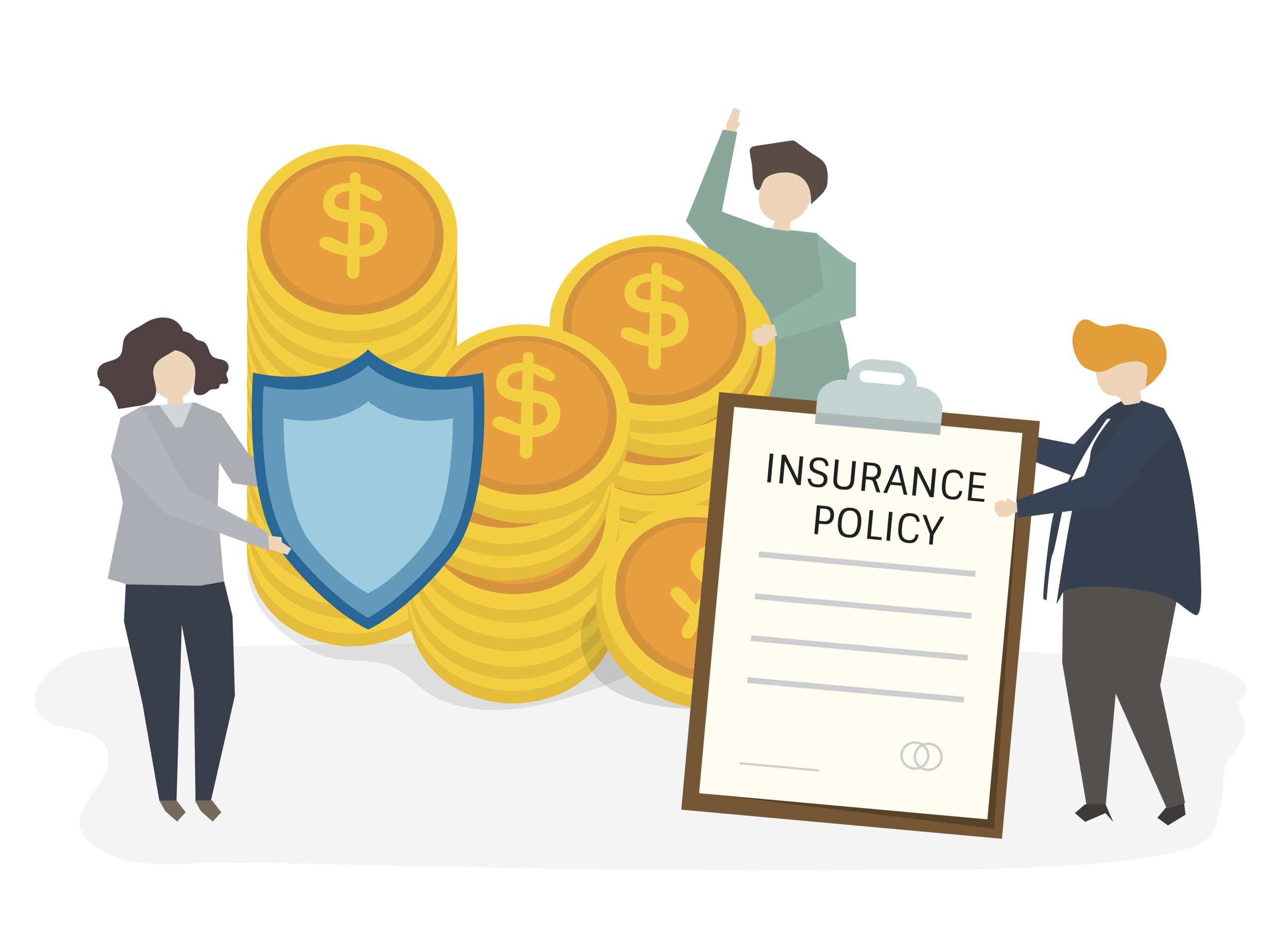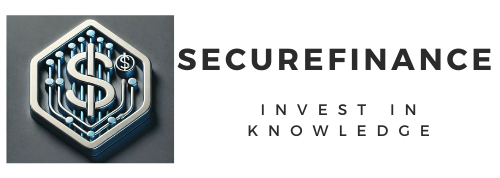
For any business owner, protecting your company with the right insurance is essential. But one of the most common questions is, “How much does business insurance really cost?” The answer isn’t always straightforward because the price depends on several factors, such as the size of your business, the type of insurance you need, and the level of coverage. Business insurance cost, we’ll break down the main types of business insurance and explain the typical costs involved. By the end, you’ll have a clearer understanding of what to expect and how to budget for this important investment.
What is Business Insurance?
Business insurance is a type of coverage that helps protect companies from financial losses due to various risks. These risks can include property damage, lawsuits, employee-related issues, or accidents. Every business faces some level of risk, so insurance helps reduce the financial impact of these events.
There are several types of business insurance, and each type covers different aspects of a business. Here’s a look at some of the main types of business insurance and why they’re essential.
Types of Business Insurance and Their Average Costs
1. General Liability Insurance
General Liability Insurance is one of the most common types of coverage for businesses. It protects against claims of bodily injury, property damage, and personal or advertising injury.
- Typical Cost: For small businesses, the average cost ranges from $400 to $1,000 per year.
- Coverage Amount: Most policies offer coverage limits between $1 million and $2 million.
- Example: If a customer slips and falls in your store, general liability insurance can cover their medical bills and legal costs.
2. Professional Liability Insurance
Also known as Errors and Omissions (E&O) insurance, Professional Liability Insurance is essential for businesses that offer services. It covers claims of negligence, errors, or mistakes in the services provided.
- Typical Cost: Small businesses may pay between $500 and $2,500 per year.
- Coverage Amount: Policies usually provide coverage of around $1 million.
- Example: If a consultant gives advice that leads to financial losses for a client, this insurance can cover legal fees and settlements.
3. Commercial Property Insurance
Commercial Property Insurance protects your physical assets, like your building, equipment, and inventory. It covers damage from events like fire, theft, or natural disasters.
- Typical Cost: On average, small businesses pay $500 to $3,000 annually, depending on the property’s value and location.
- Coverage Amount: Coverage limits depend on the property’s value but often start at $1 million.
- Example: If a fire damages your office, this insurance helps cover the costs of repairs and replacing lost items.
4. Workers’ Compensation Insurance
Workers’ Compensation Insurance is required by law in most states if you have employees. It covers medical expenses and lost wages if an employee is injured on the job.
- Typical Cost: The cost depends on the type of work and payroll size, but rates usually range from $0.75 to $2.74 per $100 of payroll.
- Coverage Amount: Policies provide coverage for medical costs, rehabilitation, and lost wages.
- Example: If a construction worker gets injured while working, workers’ compensation insurance can help cover their medical bills and time off work.
5. Commercial Auto Insurance
Commercial Auto Insurance is necessary for businesses that use vehicles for their operations. It covers accidents, property damage, and liability when using business vehicles.
- Typical Cost: Policies cost between $750 and $1,200 per vehicle annually.
- Coverage Amount: Coverage amounts vary, but minimum liability coverage is often required by law.
- Example: If a delivery truck causes an accident, this insurance covers repair costs and medical expenses.
6. Cyber Liability Insurance
With the rise of digital operations, Cyber Liability Insurance has become increasingly important. It covers costs related to data breaches, cyber-attacks, and data loss.
- Typical Cost: Premiums range from $500 to $5,000 annually, depending on business size and risk level.
- Coverage Amount: Policies often offer coverage from $500,000 to $5 million.
- Example: If your business experiences a data breach, this insurance can help cover costs related to notification, legal fees, and recovery efforts.
7. Business Owner’s Policy (BOP)
A Business Owner’s Policy combines general liability insurance and property insurance, which can be more cost-effective for small businesses.
- Typical Cost: BOPs can cost between $350 and $2,000 per year.
- Coverage Amount: Coverage varies, but most policies offer up to $2 million in liability coverage.
- Example: This policy can cover both customer injury and damage to your property under one plan.
Factors That Affect
1. Industry Type
Certain industries face higher risks than others, which affects insurance costs. For example, construction businesses often pay more than retail shops due to the physical risks involved.
2. Business Size
The size of your business, including the number of employees, affects premiums. Larger companies with more employees and locations typically have higher insurance costs.
3. Location of Your Business
Businesses located in high-risk areas (like those prone to natural disasters) or high-crime areas may have higher premiums for certain types of insurance.
4. Coverage Limits and Deductibles
The amount of coverage you select and the deductible you choose both impact the overall cost. Higher coverage limits increase premiums, while higher deductibles often lower monthly costs.
5. Claims History
If your business has a history of insurance claims, insurers may view you as a higher risk, which can increase premiums.
Tips to Reduce
1. Bundle Policies
Consider bundling policies, like general liability and property insurance, under a Business Owner’s Policy (BOP) to save on premiums.
2. Choose Higher Deductibles
Opting for a higher deductible can lower your monthly premium. Just make sure your business can afford the deductible in case you need to file a claim.
3. Shop Around and Compare Quotes
Different insurance companies offer different rates, so it’s wise to compare quotes. You may find a more affordable policy with the same level of coverage.
4. Reduce Your Risks
Implementing safety measures and risk-reduction strategies can make your business more attractive to insurers. For example, installing security systems and safety training can help lower costs.
When Should You Reevaluate Your Business Insurance?
Reevaluating your insurance needs every year or whenever your business undergoes a major change is important. Changes that may require a review include:
- Hiring new employees or growing your team
- Moving to a new location or expanding your operations
- Offering new services or products
- Experiencing a significant increase in revenue
By reviewing your coverage regularly, you can ensure you’re not overpaying or under-insured.
Conclusion: Budgeting for Business Insurance
The business insurance costs varies widely depending on several factors, including the type of coverage, your industry, and the size of your business. By understanding the types of coverage available, average costs, and factors that influence premiums, you can make informed decisions that align with your budget and protect your business effectively.
Remember, insurance is an investment in your company’s future. The right coverage can save you from significant financial losses and provide peace of mind. With a little research and strategic planning, you can find the best insurance solutions for your business at a price that fits your budget.
